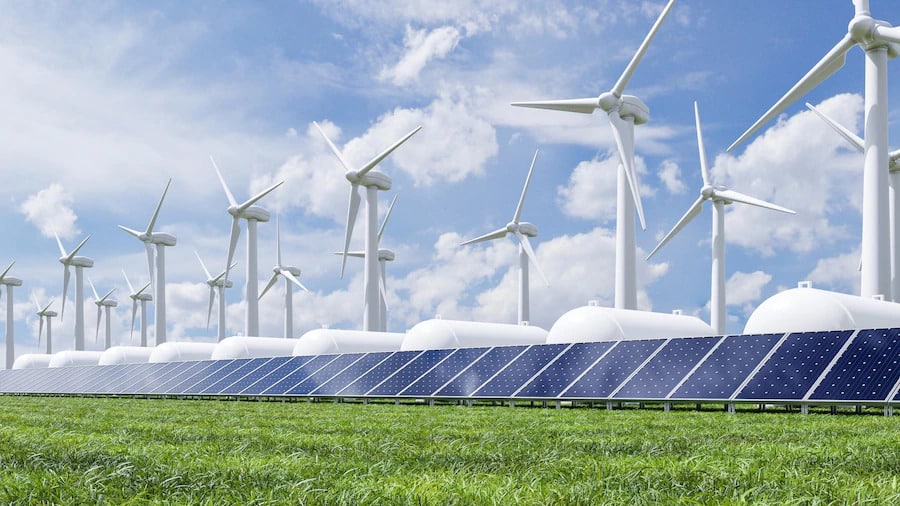U.S. Treasury Finalizes Rules for Clean Electricity Investment and Production Tax Credits

The U.S. Department of the Treasury and the Internal Revenue Service on Jan. 7 released the final rules for the Clean Electricity Investment Tax Credit, under section 45Y, and the Clean Electricity Production Tax Credit, under section 45E. Known as the technology-neutral credits, the final rules clarify what type of clean electricity zero-emissions technologies are eligible for the tax credits, including renewable sources such as solar, geothermal, nuclear, and waste energy recovery. The 45E and 45Y tax credits seek to encourage innovation in clean energy technologies, particularly solutions that lower carbon emissions.
Though the rules did not make significant changes to the original proposed rules, the final rules thoroughly considered stakeholder comments and provided additional clarification to specific types of clean energy technology, including adapting to future changes. For example, the rules advise taxpayers on qualifying combustion and gasification technologies in the future and performing lifecycle analysis assessments that comply with the statute. The rules also affirm that an analysis from the U.S. Energy Department’s National Labs with input from relevant agencies and experts should accompany any future modifications to the listed zero-emissions technologies or lifecycle analysis model used to calculate emissions rates. The National Labs are currently analyzing specific biomass technologies to calculate lifecycle emissions according to the framework in the final ruling, which will elucidate taxpayers further.
The new tech-neutral Clean Electricity Production and Investment Tax Credits replace the earlier Energy Production and Investment Tax Credits which were phased out at the end of 2024. Therefore, projects that entered construction before 2025 are eligible for the Energy Production and Investment Tax Credits. Eligible projects placed in service after Dec. 31, 2024, can claim the new Clean Electricity Production and Investment Tax Credits.
Analysis from the DOE estimates that implementing the new Clean Electricity Tax Credits, along with other provisions in the 2022 Inflation Reduction Act and 2021 Infrastructure Investment and Jobs Act, will save $38 billion in electricity costs for American households through 2030. In addition to the 45Y and 45E Clean Electricity Credits, the U.S. Treasury also finalized rules for other tax credits that can boost domestic clean energy investment and manufacturing. The Treasury and IRS finalized the section 45V Clean Hydrogen Production Tax Credit rules last week and issued final rules for the section 48 Investment Tax Credit Rules in December 2024.
EnerKnol Pulses like this one are powered by the EnerKnol Platform—the first comprehensive database for real-time energy policy tracking. Sign up for a free trial below for access to key regulatory data and deep industry insights across the energy spectrum.
ACCESS FREE TRIAL